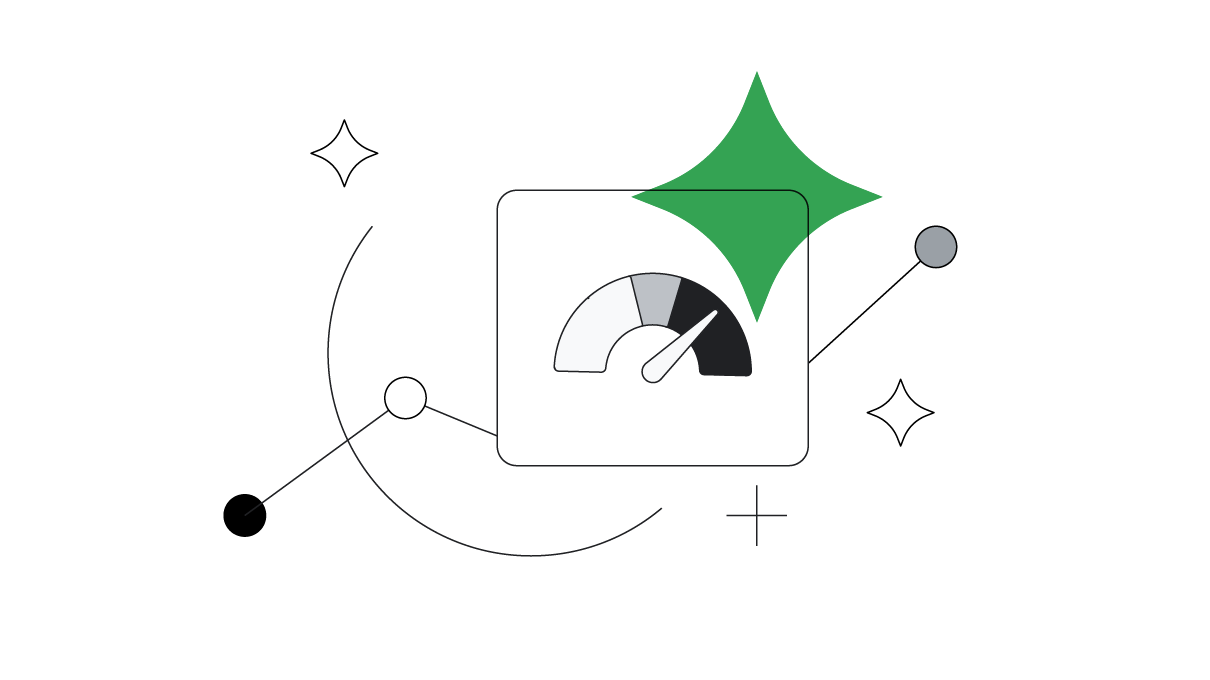As we move forward from the upheaval of the past two years, it’s clear that many consumer habits have changed for the long term. We’ve seen, for instance, a confluence of online and offline shopping that has made consumers feel more confident in making luxury purchases online — allowing high-end retailers and boutiques to flourish by leaning into services that more closely meet their customers’ needs.
In this new normal, businesses that have taken a forward-looking approach to digital are well-placed for success. Online luxury fashion platform Farfetch is one such business, combining its own authority on fashion with truly cutting-edge technology.
Farfetch CMO Gareth Jones and Senior Director of Customer Acquisition Adam Cartlidge recently featured on Marketing that Matters, a Marketing Week podcast created in partnership with Google, explaining how the brand has maintained its early-mover advantage in the competitive category of luxury e-commerce during the pandemic. Here’s how they have been using Search data effectively to stay ahead of rapidly evolving consumer trends, and embracing automation to drive both performance and brand results.

Fashion is a fragile ecosystem, with new designers, small factories, and family-run boutiques all relying on one another to manufacture, market, and deliver products to customers. So when many of those boutiques were forced to close, Farfetch took a step back and considered how it could help. It completely re-engineered its business very quickly to do everything it could to support and highlight these businesses alongside bigger brands. One approach was to showcase boutique content through editorial and marketing campaigns; another was to introduce lower fees for retailers featured on the platform. Farfetch also helped out with stock distribution, and relaxed certain service-level obligations.
Using data to stay ahead of rapidly changing demand
Leaning into Search data was also key, allowing Farfetch to pick up pockets of demand as the world moved in and out of lockdowns. Farfetch has always drawn on many experts, from independent boutiques to stylists, curators, and creators — but with the speed of change and volatility, it had to change tactics. Using a combination of its traditional expertise along with Google Trends, the brand evolved its approach.
Farfetch uses Search demand and auction insights data on a daily basis as a sense check for the latest market demand, versus what its revenue and spend results are showing. Instead of setting a fixed budget for Search — and potentially losing customers to competitors when that budget runs out — Farfetch uses value-based bidding, which enables it to take the profitable demand available in each market, and spend increases automatically if demand spikes in a certain locale. The only limiting factor is its return on ad spend (ROAS) target: if the algorithm deems a sale unprofitable or too expensive, it won’t enter the auction. It’s an approach based not just on top-line growth, but on future profitability.
For instance, when searches for loungewear spiked — when people were staying in and working from home — consumers were still interested in purchasing luxury items. As people started spending more time on video calls, Farfetch saw a rise in demand for shirts, blouses, caps, eyewear — essentially anything above the waist that was visible on camera. That helped to inform Farfetch’s paid Search strategy, but also its marketing across the funnel, including content creation and brand storytelling.
Tapping into cultural moments
When “The Last Dance” miniseries about Michael Jordan aired, we saw a global surge in interest for Jordan-brand shoes, prompting us to elevate the brand in our own marketing. More broadly, COVID-19 also resulted in social activity rocketing around the world, with consumers keen to emulate the looks they frequently saw online. Farfetch was keeping its finger on the pulse of this data in near real time, and was able to react very quickly in its own marketing, while simultaneously making recommendations to its global boutique partners about the stock they put on the platform.

4 tips to maximise e-commerce success
Farfetch was able to implement the changes outlined above with products and new approaches to its digital marketing. Much of it has relied on a rigorous testing framework and a way to scale success. Here’s what you can also do to implement digital transformation in a smart, scalable way:
Test and learn. Farfetch did this iteratively, by testing its bidding strategy across several countries, including Italy, France, and Australia, before rolling it out globally. Profit-margin data was passed through to Google Ads, then used to adjust conversion data for target ROAS bidding — allowing Farfetch to reduce ROAS targets to the point of profitability in order to capture more sales. Start small, show results to your teams, and scale up.
Save time with automation. A key benefit of automation is the raw hours it can save that can be reallocated to other areas, including more strategic, higher-level thinking — saving teams time away from traditional executional work is a core element to communicate, to encourage buy-in.
Use data to inform brand strategy. Farfetch doesn’t just use data to drive performance. It also uses it to inform brand strategy, by connecting storytelling and content creation, and seeing the impact of its activations at a local level. For instance, it has elevated spend at the top of the funnel, and is serving its 30-second ad spots for shoppers who might be interested in high-end fashion.
Speak the same language to your business leaders. Rather than focusing on metrics like clicks and conversions, think about how you can demonstrate the impact of digital marketing on things like market share, revenue, growth, and profitability to help assist conversations internally and unify teams around common goals.






